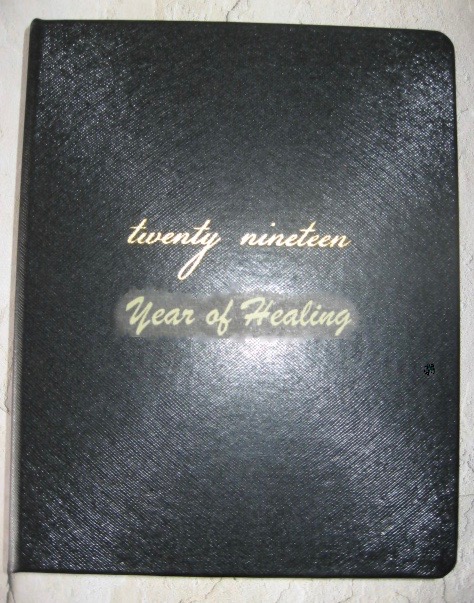(This post is an explanation for the next post, especially its title, and a guide on how best to read it.)

I came to Christ as an agnostic.
An agnostic is not an atheist:
ag nos tic 1 : a person who holds the view that any ultimate reality (as God) is unknown, and prob. unknowable; broadly : one who is not committed to believing in the existence or the nonexistence of God or a god 2 : a person unwilling to commit to an opinion about something.
a the ist one who believes there is no deity
a the ism a : a disbelief in the existence of deity b : the doctrine that there is no deity*
I had been taught not to be gullible. This translated into my life as rather pervasive skepticism.
Yet I loved the possibility of truth, and longed for it. I think I might even have prayed for it, to the God who might be there…?
My pivotal “salvation prayer” was hardly the usual one. Instead it cried out, “I believe, help Thou my unbelief!”
Long story, but God did answer. Yet not in the way you (or I) might have expected, or wanted. Not by performing some miracle for me, like a stage magician—but by letting my life’s rug get pulled out from under me, and then, when I lay sprawled, utterly helpless to get myself to my feet again, by answering my desperate prayers in phenomenal ways that I think many people would label miraculous.
John’s Gospel in itself didn’t save me. But it made new truth resonate in my soul, a “new song,” and ignited the fire of scripture love in my heart. And I think, strange as this might sound, my agnosticism helped feed and intensify this fire. For my agnosticism wasn’t a surly, unbending one but a hungering, seeking one, born in part from my awe at the mystery of things—things like the very existence of life.
In that spirit I read “John”—the Bible segment someone recommended as a good place for a “new believer” to start—in the spirit of a little child who doesn’t know, and doesn’t know if she can know, but really hungers to find out.
That’s the spirit we should all try to have, and keep, as we read “The Word.” And John is an excellent book on which to practice this attitude. It’s simple, yet deep. It’s vocabulary is limited, which is part of its strength. If you pay attention to the words that repeat often it can open your eyes and heart wide. And, even for seasoned Christians, it is the kind of book that can reduce you to the inquisitiveness of the little child, because it holds so much mystery.
Much is simple, but much is not all that clear. Like Jesus’ cryptic parables, it leaves room for lots of questions, for wondering. And if you “accepted Christ” as a little child, you may have been taken on a short-cut away from all those impossible-to-answer questions children can come up with in astonishing, overwhelming number. But those kinds of questions are born of realizing how little we know, and that humility makes us available to the awe that God evokes when He opens up meanings in ways we never saw all those years.
That’s what the essay in the next post aims to stir up in whoever reads it. And that’s why I say in the next post, “Read it like a little child,” and in the parenthesis after its title, “Read it like an agnostic,” like one who doesn’t know, and knows they don’t know, and needs Someone to show them…
As for how otherwise to read the next post, and the scripture it addresses, I recommend 1) in stillness, 2) alone with God, 3) slowly and meditatively, 4) after asking God to “open my eyes that I may see, glimpses of truth you have for me…” and everything else this hymn asks for!
***
*Merriam-Webster’s Collegiate Dictionary, 11th Edition.
*****








